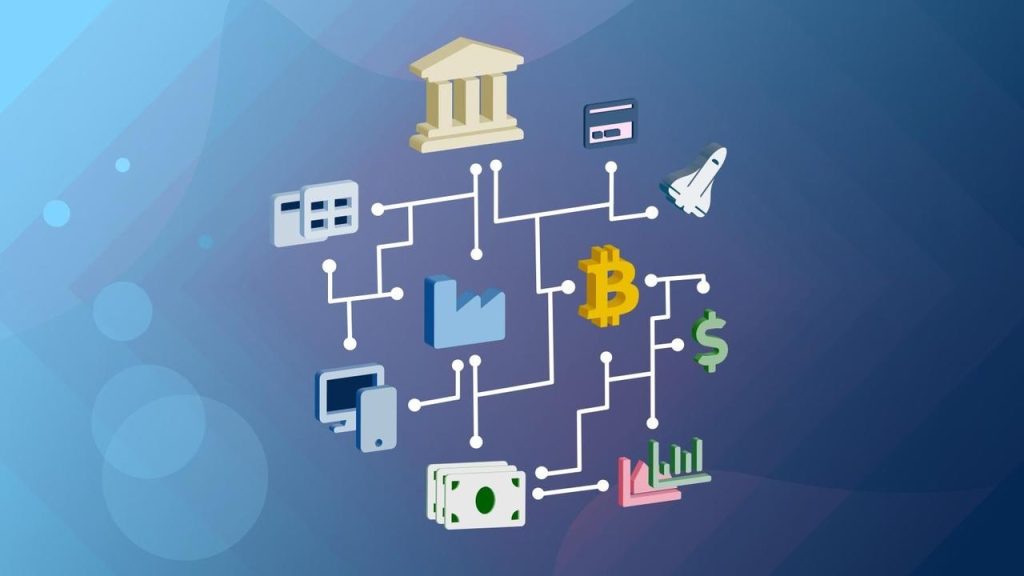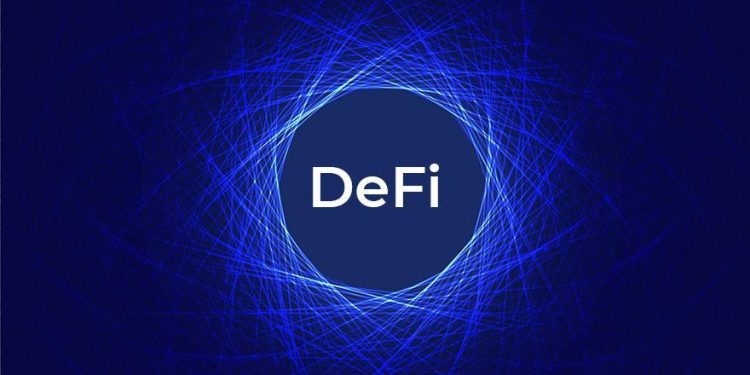Introduction
The rise of Decentralized Finance (DeFi) platforms has revolutionized the financial industry by eliminating intermediaries and giving users full control over their financial assets. Built on blockchain technology, DeFi platforms offer a wide range of services, including lending, borrowing, yield farming, and decentralized exchanges (DEXs). However, with their rapid growth and high-value transactions, DeFi platforms are also highly susceptible to vulnerabilities, especially in the code that drives these decentralized applications (dApps).
In the blockchain space, smart contracts are at the heart of most DeFi protocols. These self-executing contracts allow for trustless interactions and automatic execution based on predefined rules. While they provide great benefits, smart contract vulnerabilities have proven to be a significant risk to DeFi platforms. Malicious actors have exploited coding errors in several high-profile cases, leading to millions of dollars in losses.
To mitigate these risks, code auditing has become an essential practice for DeFi platforms. However, auditing smart contracts is not without its challenges. In this article, we explore how DeFi platforms address the complex challenges of code auditing and ensure that their protocols are secure, reliable, and trustworthy.
The Role of Code Auditing in DeFi Platforms
Code auditing is the process of thoroughly examining the smart contract code that underlies a DeFi protocol to identify vulnerabilities, errors, and potential exploits before the code is deployed to a live blockchain network. For DeFi platforms, smart contract auditing is particularly critical, as these contracts often control large amounts of assets. Even a single flaw in the code can lead to devastating consequences, such as funds being drained or malicious transactions being executed.
The goal of code auditing is to ensure that the contract’s logic is secure, the code follows best practices, and there are no known vulnerabilities that could be exploited. Auditors look for a variety of issues, including:
- Reentrancy vulnerabilities (such as those seen in the DAO hack)
- Integer overflows/underflows
- Access control vulnerabilities (e.g., unauthorized users being able to execute certain functions)
- Incorrect math operations
- Gas-related issues
Due to the nature of blockchain technology, once a smart contract is deployed, it cannot be easily changed. This means that any vulnerabilities missed during the auditing process could lead to irreversible consequences, such as the loss of user funds.
Challenges of Code Auditing in DeFi Platforms
While code auditing is essential for DeFi platforms, it comes with several inherent challenges. Let’s explore these challenges in detail:
1. Complexity of Smart Contract Code
DeFi platforms often operate with intricate smart contract ecosystems that interact with each other in complex ways. A single platform may have multiple smart contracts handling various functions—such as liquidity pools, decentralized exchanges, staking mechanisms, and lending protocols.
As the functionality of these platforms becomes more sophisticated, auditing the entire system becomes increasingly complex. Smart contracts might call other contracts, which might depend on external oracles or tokens, creating a web of interdependencies. Auditors need to carefully review the interactions between all components, which can be time-consuming and error-prone.
Additionally, many DeFi protocols incorporate novel and cutting-edge financial mechanisms that haven’t been thoroughly tested in the real world. This means that auditors may need to understand not just the code, but also the financial logic behind the contract to identify potential flaws or vulnerabilities.
2. Speed of Innovation vs. Auditing Time
The DeFi space is moving rapidly, with new projects launching regularly and existing platforms frequently rolling out updates and new features. Given the pace at which these projects evolve, there is often a mismatch between the speed of innovation and the time required for thorough auditing.
A typical audit process involves multiple stages, including:
- Manual code review
- Automated testing
- Simulations and stress testing
- Peer reviews
However, these steps can take weeks or even months, while DeFi platforms are often eager to launch new products or updates as soon as possible to stay competitive in a fast-moving market. The pressure to release new features quickly may lead to shortcuts in the auditing process, increasing the risk of undetected vulnerabilities.
3. Human Error and Lack of Comprehensive Testing
Even the most experienced auditors are susceptible to human error. Audits rely heavily on manual code review, and given the complexity of modern DeFi platforms, mistakes can happen, especially when auditors are under time pressure. Moreover, the testing done during audits might not fully simulate real-world conditions, such as high traffic or extreme market volatility, which could lead to vulnerabilities emerging only when the contract goes live.
Even though automated tools can aid the auditing process by scanning code for common vulnerabilities, these tools cannot catch all potential issues, especially those that arise from complex logic or interactions between contracts. Therefore, a combination of manual and automated testing is needed to ensure thorough coverage. However, this still doesn’t guarantee that every vulnerability will be detected.
4. Lack of Standardization
In traditional software development, there are well-established coding standards, best practices, and auditing frameworks that help ensure the quality and security of the code. However, DeFi is still a nascent field, and there is a lack of standardization when it comes to auditing practices. Different auditors may have different approaches, tools, and methods, making it difficult to guarantee that all aspects of a platform’s security have been covered.
Moreover, because DeFi protocols are often innovative and experimental in nature, the auditing process is still evolving, and there are no universal standards that define what constitutes a “sufficient” audit. This inconsistency can result in discrepancies between the quality of audits performed on different platforms.
5. Vulnerabilities in Oracle Integration
Many DeFi platforms rely on oracles to fetch off-chain data, such as price feeds for assets. Oracles act as intermediaries between the blockchain and the outside world, but they can be a source of vulnerabilities. If an oracle is compromised or provides inaccurate data, it could cause a smart contract to behave unexpectedly, leading to exploitations such as flash loan attacks or liquidations at incorrect prices.
Auditing the integration of oracles is crucial for the security of DeFi protocols. However, ensuring that oracles are trustworthy and resistant to manipulation adds another layer of complexity to the auditing process. The reliance on third-party data sources means that even if the smart contract code is perfect, the overall system could still be vulnerable to external manipulation.
How DeFi Platforms Are Addressing Code Auditing Challenges
Despite the inherent challenges, DeFi platforms are adopting several strategies to improve the effectiveness and reliability of code auditing. Here’s how they are addressing these issues:
1. Multiple Audits and Continuous Monitoring
Given the complexity of DeFi protocols, many platforms opt to undergo multiple rounds of auditing with different firms to ensure comprehensive coverage. By having multiple sets of eyes review the code, platforms reduce the likelihood of missing critical vulnerabilities. Some platforms also encourage peer reviews, where developers and auditors within the community participate in the auditing process.
In addition to formal audits, continuous monitoring is essential. DeFi platforms can leverage tools that constantly scan smart contracts for unusual activity, such as unexpected withdrawals or changes in state variables, to detect potential security breaches in real-time.

2. Bug Bounty Programs
Many DeFi platforms have implemented bug bounty programs to incentivize external security researchers and developers to find vulnerabilities in their code. By offering rewards for identifying bugs, platforms encourage a broader community of experts to participate in securing the protocol. This crowdsourced approach helps identify vulnerabilities that may have been overlooked by formal audits.
Popular DeFi platforms like Aave and Compound have successfully used bug bounty programs to secure their contracts, offering rewards ranging from small amounts to hundreds of thousands of dollars for discovering critical vulnerabilities.
3. Automated Testing and Formal Verification
To address human error and improve the accuracy of audits, DeFi platforms are increasingly integrating automated testing tools into their development processes. These tools help identify common vulnerabilities and check the code against best practices and known security flaws. Although automated tools cannot replace manual code reviews, they provide an additional layer of security.
Moreover, formal verification techniques are gaining traction. Formal verification involves mathematically proving that a smart contract behaves as intended under all possible scenarios. While this is a highly complex and resource-intensive process, it is one of the most reliable ways to ensure that smart contracts are free from bugs and vulnerabilities.
4. Post-Deployment Auditing and Governance
Some DeFi platforms are implementing post-deployment auditing practices, which involve continuous code review and testing even after the contract has gone live. These platforms also employ decentralized governance models, where the community or token holders have the ability to vote on upgrades or changes to the smart contracts, reducing the risk of single points of failure and providing ongoing oversight.
Conclusion
As the DeFi space continues to grow, code auditing remains one of the most critical aspects of ensuring the security and reliability of decentralized financial protocols. Despite the challenges associated with auditing complex, rapidly evolving platforms, DeFi projects are adopting innovative strategies to address these issues, including multiple rounds of auditing, bug bounty programs, automated testing, and formal verification.
The combination of these approaches helps mitigate the risks associated with vulnerabilities, such as reentrancy attacks, oracle manipulation, and incorrect logic, ensuring that users can interact with DeFi platforms with greater confidence. As the industry matures, we can expect even more robust auditing processes and security practices to emerge, further strengthening the security and trustworthiness of decentralized finance.
















































